Unlock the Untold Secrets Behind ‘The Dick Van Dyke Show’ That Even Die-Hard Fans Never Knew!
Ever wonder what really makes a sitcom stick with us for decades? It’s not just the jokes or the plots—it’s the magic brewed by a stellar cast whose chemistry brings characters to life night after night. Take The Dick Van Dyke Show, for instance. Running on CBS from 1961 to 1966, this gem showcased not only Dick Van Dyke’s charismatic charm as Rob Petrie, the quick-witted head writer, but also the sparkling presence of Mary Tyler Moore as his sharp and lovely wife, Laura. With comedic powerhouses like Rose Marie, Morey Amsterdam, and Richard Deacon rounding out the crew, and the legendary Carl Reiner behind and in front of the camera, this ensemble wasn’t just good—they were flawless. The secret sauce? Writers who deeply invested in crafting characters we didn’t just watch but genuinely cared about. And guess what? Unlike many shows of its era, it was filmed in front of a live audience, giving it that electrifying, spontaneous vibe that canned laughter simply can’t replicate. Dive into the backstory of how this iconic show came together, evolved, and charmed its way into TV history—and maybe, just maybe, discover why it still pulls at our heartstrings today. LEARN MORE
The success of a television sitcom can usually be traced back to the ensemble of actors brought together to bring its characters to life, and The Dick Van Dyke Show was one of the best. Airing on CBS from 1961 to 1966 for a total of 158 episodes over five seasons, it cast Dick Van Dyke — who had starred in Bye Bye Birdie on stage and in film — as Rob Petrie, head writer for the fictional The Alan Brady Show; Mary Tyler Moore as his wife, Laura; Rose Marie and Morey Amsterdam as staff writers Sally Rogers and Buddy Sorrell, Richard Deacon in the recurring role of producer Mel Cooley and comedy legend Carl Reiner (who also created the show) as Brady.
From out of the gate, the writers of The Dick Van Dyke Show were determined to have television viewers get to know these characters and care about them. Pop culture historian Geoffrey Mark, who is also the author of The Lucy Book and Ella: A Biography of the Legendary Ella Fitzgerald, and was friends with most of the cast of The Dick Van Dyke Show, comments, “My buddy Carl Reiner was an amazing crafter of writing. Carl, like the original writers of I Love Lucy, understood that if we’re going to love these people or have them in our homes every week, we have to know who they are. So, brilliantly, he spent about half the first season delving into who these people were, where they came from and how they met.
“The Dick Van Dyke Show endures,” Geoffrey, adds, “also because it was filmed in front of a live audience at Desilu in the same manner that I Love Lucy was. So we get the same feeling of spontaneity and being in the audience with the audience that is watching things unfold and laughing. It was definitely not one of those shows that had a laugh track.”
What makes a sitcom truly click often comes down to its cast—and The Dick Van Dyke Show pulled together one of the most perfectly balanced comedy ensembles television had ever seen. The series ran on CBS from 1961 through 1966, clocking in at 158 episodes over five solid seasons. At the center was Dick Van Dyke, already celebrated for his stage and screen performances in Bye Bye Birdie, taking on the role of Rob Petrie, the clever and affable head writer for the fictional Alan Brady Show. Playing opposite him was Mary Tyler Moore as Laura Petrie—poised, sharp, and endlessly appealing. Rounding out the writers’ room were Rose Marie as Sally Rogers and Morey Amsterdam as Buddy Sorrell, with Richard Deacon popping up regularly as the perpetually flustered producer Mel Cooley. Alan Brady himself, played with comic bombast by series creator Carl Reiner, would eventually step from offscreen voice to onscreen presence.
From the very beginning, the show’s writers made a conscious effort to build full, dimensional characters viewers could connect with and not just comedic archetypes. Pop culture historian Geoffrey Mark—author of The Lucy Book and Ella: A Biography of the Legendary Ella Fitzgerald, and a friend to much of the cast—explains the approach. “My buddy Carl Reiner was an amazing crafter of writing,” he says. “Like the original writers of I Love Lucy, Carl understood that if we’re going to have these people in our homes every week, we need to care about them. He spent nearly half that first season showing us who they were—where they came from, how they met and why we should love them.”
Geoffrey also points to the show’s production style as a key factor in its longevity. “The Dick Van Dyke Show endures,” he notes, “because it was filmed in front of a live audience at Desilu in the same way I Love Lucy was. That gives you the feeling of spontaneity, as if you’re in the studio with the audience, watching things unfold and laughing with them. It was definitely not one of those shows with a canned laugh track.”
1. How ‘Head of the Family’ evolved into a TV landmark
Before it became The Dick Van Dyke Show, the series took shape under a different name—and with a different lead. Creator Carl Reiner originally developed the concept as Head of the Family, casting himself as the central character. “It was a similar setup,” says Geoffrey Mark, “but Carl couldn’t get the show off the ground. At the time, a single sponsor often backed a half-hour show and nobody was willing to put money behind it.”
That’s when Sheldon Leonard stepped in, and his role in the show’s evolution can’t be overstated. These days, younger viewers might associate the name with the characters Sheldon Cooper and Leonard Hofstadter from The Big Bang Theory—a direct tribute to him. But the real Sheldon Leonard was a successful actor and producer in his own right. He’s familiar to many as Nick the bartender in It’s a Wonderful Life, but behind the scenes, he made a lasting impact on television, producing hits like The Danny Thomas Show, The Andy Griffith Show, Gomer Pyle, U.S.M.C. and I Spy. His involvement with what would become The Dick Van Dyke Show proved crucial—especially when it came to casting and finding a sponsor to finally bring the project to air.
The turning point was the recasting. “If you compare Carl’s original pilot to the final version with the new cast,” Geoffrey explains, “it’s like night and day—like watching a high school production versus a Broadway success. Rob Petrie needed an actor who radiated warmth. Without that, the character’s behavior might come off as grating. With the right performer, suddenly it all clicks—he’s not just funny, he’s endearing.”
2. How Mary Tyler Moore found her way to Laura Petrie
Before becoming a television icon as Mary Richards on The Mary Tyler Moore Show, the actress was better known for a gig that required far less dialogue—she played “Happy Hotpoint,” a chipper elf who danced through appliance commercials that aired during The Adventures of Ozzie and Harriet. Born December 29, 1936, in Brooklyn, New York, Moore appeared in 39 of those ads before taking on a more unusual part—specifically, her legs. From 1957 to 1960, she portrayed the offscreen secretary on David Janssen’s Richard Diamond, Private Detective, with only her lower half ever making it into the frame. Though she turned up in a few other guest roles, nothing suggested she was on the verge of sitcom stardom.
When she auditioned for Danny Thomas—who was producing The Dick Van Dyke Show—he instantly recognized her from a previous tryout. “That’s the girl with three names,” he reportedly joked, having remembered her audition for the role of his daughter on The Danny Thomas Show. Geoffrey Mark shares a story from behind the scenes: “Danny supposedly liked her, but made a crack—‘Who’s going to believe a guy with a nose like mine could have a daughter with a nose like that?’”

Nonetheless, Moore had already made an impression on both Thomas and Sheldon Leonard. When they struggled to find the right person to play Laura Petrie, she was brought in for another look. According to Geoffrey, Moore didn’t treat it as a big deal. “She figured she’d earn a little money and maybe buy some new drapes,” he says. At the time, she was focused on raising her young son and wasn’t planning on a full-time job.
But her casting proved to be a stroke of brilliance. The instant chemistry between Moore and Van Dyke added a spark to the show that elevated it beyond a typical workplace comedy. Their dynamic helped turn Rob and Laura Petrie into one of TV’s most beloved couples while giving the series its emotional center.
3. Morey Amsterdam was Buddy Sorrell in spirit and in practice

By the time The Dick Van Dyke Show came calling, Morey Amsterdam was already a veteran of nearly every entertainment platform that existed. Born December 14, 1908, in Chicago, Amsterdam had worked as a cellist in speakeasies during the Prohibition era before pivoting to comedy, where his rapid-fire wit earned him the nickname “The Human Joke Machine.” Legend has it he could come up with a gag on just about any topic thrown his way—and fast.
His quick-thinking brand of humor made him a natural fit for the radio boom of the 1940s. He headlined his own show on CBS and was a regular guest on other programs, frequently trading barbs with contemporaries like Jimmy Durante and Fred Allen. When television came into its own, Amsterdam was right there at the beginning. In 1950, he hosted Broadway Open House on NBC, a pioneering late-night variety show that set the stage for what eventually became The Tonight Show.
So, when Amsterdam joined The Dick Van Dyke Show as Buddy Sorrell, he was essentially stepping into a role he’d already lived. “Morey Amsterdam was pretty much playing Morey Amsterdam,” says Geoffrey Mark. “Buddy wasn’t originally conceived that way, but once they cast him, they leaned into who he already was—a comedy writer, a former host, even a songwriter. That all found its way into the character.”
To make it feel authentic, the writers even built a backstory for Buddy that mirrored Amsterdam’s real-life résumé. “They had Buddy working for Milton Berle and mentioned that he had done a TV show of his own that was clever but didn’t quite catch on,” Geoffrey notes. “That was all drawn from Morey’s actual experience during the early, unpredictable days of live television.”
4. Rose Marie showbiz cred and one classic comeback

When The Dick Van Dyke Show began assembling its cast, Rose Marie was the first actor hired after Dick Van Dyke himself—and with good reason. Born August 15, 1923, in New York City, she had already been in the business for decades by that point. A true entertainment prodigy, she was performing under the name “Baby Rose Marie” as early as the age of three, singing professionally on radio and becoming a national sensation before most children had learned to read. Her signature voice and timing made her a natural for the stage and vaudeville, and as she matured, she transitioned seamlessly into film, theater, nightclub acts and recording, even landing a hit record in the late 1940s.
By the time television rolled around, Rose Marie had already conquered just about every other medium. She was a regular on panel shows (eventually including Hollywood Squares) and brought with her a sharp wit and confidence that carried into her role as comedy writer Sally Rogers.
Her reaction to being offered that role has become a well-loved anecdote. “Her famous response,” Geoffrey Mark recounts, “was, ‘What’s a Dick Van Dyke?’” While it’s unlikely she didn’t know who he was—given that he was starring in Bye Bye Birdie on Broadway at the time—her comment reflected the kind of deadpan humor she was known for. It was part joke, part industry side-eye: who was this relatively unknown guy getting his own sitcom—and naming it after himself?
Once she was on board, however, she and Van Dyke developed a real rapport. “She had a lot of respect for Dick,” Geoffrey says. “And he credited her with teaching him a lot about comic timing—little things like facial reactions and double takes that helped sharpen his performance. He’d say she coached him on set, and she fully admitted that was true.”
Rose Marie’s decades of experience weren’t just a bonus—they were baked into the DNA of the show, giving Sally Rogers a seasoned, seen-it-all edge that grounded the writers’ room scenes in lived-in comedy chemistry.
5. Richard Deacon gave Mel Cooley just the right amount of fuss

Before he ever stepped into the role of Alan Brady’s ever-exasperated brother-in-law and producer, Richard Deacon had built up a solid résumé as one of Hollywood’s go-to character actors. Born May 14, 1922, in Philadelphia, he got his start on stage and gradually moved into film and television in the 1950s, often cast as stuffy professionals, persnickety bureaucrats, or quietly irritable neighbors. He appeared in a wide range of projects, from comedies like The Jack Benny Program to family favorites such as Leave It to Beaver, where he played the beleaguered Fred Rutherford.
Deacon had a knack for playing the kind of man who bristles at nonsense but is surrounded by it anyway—a perfect fit for The Dick Van Dyke Show’s Mel Cooley. As Geoffrey Mark describes it, Mel wasn’t just a character, he was a type. “Mel Cooley was a parody of every in-law or distant relative who got a job in television not because they were talented,” Geoffrey explains, “but because someone—usually a star—needed to find them a position to justify a paycheck.”
In Carl Reiner’s hands, that setup became a recurring source of laughs. With Deacon’s dry, straight-faced delivery, Mel served as the writers’ room punching bag, absorbing Buddy Sorrell’s one-liners and withering sarcasm. But there was more to him than that.
“Mel was a pest,” Geoffrey says, “but he was a functional pest. He was there to manage the money, keep things running and do the jobs Alan Brady didn’t want to deal with himself. Alan knew he could count on Mel to pinch every penny. That’s why he stuck around.”
Rather than play Mel as a buffoon, Deacon gave him a layer of beleaguered dignity. His comic frustration, paired with just enough self-importance, made him the perfect foil for the chaos around him. It’s what turned what could have been a throwaway character into a memorable part of the show’s chemistry.
6. Ann Morgan Guilbert and Jerry Paris portrayed Millie and Jerry Helper

The domestic side of The Dick Van Dyke Show was made richer and more grounded by the presence of the Petries’ next-door neighbors and best friends, Millie and Jerry Helper. Played by Ann Morgan Guilbert and Jerry Paris, the Helpers weren’t just supporting characters, they were the kind of suburban confidants that gave the show emotional texture and helped flesh out Rob and Laura’s world outside the writers’ room.
Ann Morgan Guilbert had strong theatrical roots, with extensive stage work both in New York and Los Angeles. Her timing, expressive face and natural chemistry with Mary Tyler Moore helped shape Millie into something more than a typical sitcom sidekick—she was quick-witted, warm and occasionally blunt, bringing an authentic energy to her scenes. Guilbert would go on to have a long TV career, with notable roles decades later on The Nanny and Getting On.
Jerry Paris came to the role of Jerry Helper with a solid acting background. Before The Dick Van Dyke Show, he was known for his work on The Untouchables and in feature films like Marty. But it wasn’t long before Paris began to shift behind the camera—first by observing on the Van Dyke set, then by directing a handful of episodes himself. That transition blossomed into a second career, and it was on Happy Days that Paris truly made his mark as a director. He helmed over 200 episodes of that series, helping to shape its tone, pacing and visual rhythm, and earning a reputation as one of the most dependable sitcom directors in television.
Geoffrey Mark sees the Helpers as a familiar sitcom dynamic used to great effect. “Millie and Jerry were the early ’60s suburban version of Fred and Ethel,” he says. “They were the neighbors who were a little less polished, maybe a bit more chaotic, but they brought great comic contrast. It’s a pattern you saw in radio and TV going way back—the leads have to have someone to bounce off, someone to reflect the messier, funnier side of domestic life.”
Though their roles were technically secondary, Guilbert and Paris helped deepen the show’s emotional world and in Paris’ case, The Dick Van Dyke Show served as a pivotal turning point—launching him into a long, successful run behind the camera.
7. Carl Reiner’s Alan Brady Was Based on Real People

Carl Reiner’s contributions to The Dick Van Dyke Show went far beyond creating and writing it—he also brought to life its loudest, most ego-driven character, Alan Brady. But interestingly, Reiner hadn’t originally intended to appear on screen at all. “Carl Reiner himself was a brilliant writer for this show,” notes Geoffrey Mark. “At first, he only provided Alan Brady’s voice, just to save on casting costs. He didn’t physically show up until later in the run.”
When he did, audiences were treated to one of the great comic caricatures of 1960s television. Alan Brady, the temperamental star of The Alan Brady Show (for which Rob, Buddy and Sally wrote material), was a masterclass in exaggerated showbiz ego. Reiner drew directly from the world he knew—having worked as both a writer and performer on Your Show of Shows with Sid Caesar. “Carl is really playing an amalgam of Sid Caesar, Milton Berle, George Gobel and other variety hosts of the 1950s who had big talent and even bigger egos,” Geoffrey explains. “There’s a kind of love-hate satire in it—you can tell he admired these guys, but he also had a lot of fun poking at their self-importance.”
Reiner’s deep background in television sketch comedy shaped much of the sensibility behind The Dick Van Dyke Show. He had cut his teeth alongside Mel Brooks and Neil Simon in writers’ rooms during the golden age of live TV, and brought that sensibility with him—infusing the show with authentic behind-the-scenes rhythms and personalities. His own stint playing the straight man to Sid Caesar had made him a familiar face to audiences, but it was his ability to write character-driven comedy that would define his legacy.
After The Dick Van Dyke Show, Reiner’s career only gained momentum. He went on to direct several hit films in the 1970s and ’80s, including Oh, God! and The Jerk, launching Steve Martin’s movie career in the process. He also continued to act, often alongside longtime friend Mel Brooks, and remained a respected comedic voice well into his 90s.
8. Mary Tyler Moore changed the show’s direction

When The Dick Van Dyke Show was first taking shape, it was envisioned primarily as a workplace comedy. The writers’ room of The Alan Brady Show was meant to be the central setting, with Rob Petrie’s home life serving as a lighter, occasional contrast. But that initial balance shifted dramatically—and permanently—once Mary Tyler Moore stepped into the role of Laura Petrie and made it her own.
“Mary used her amazing charms on Danny Thomas and Sheldon Leonard to secure a spot on the show,” says Geoffrey Mark. “But it wasn’t until Carl Reiner wrote the episode ‘My Blonde-Haired Brunette’ that her full potential became clear.” In that story, Laura becomes convinced that Rob is no longer interested in her and—at Millie’s urging—decides to bleach her hair blonde in a moment of domestic desperation. What could have been a silly sitcom setup became something deeper and unexpectedly emotional.
“That was the breakthrough,” Geoffrey explains. “Mary had a sense of humor, but being funny in real life and carrying comedy in a scripted sitcom are very different. That episode showed what she could really do. The crying scene where Laura explains herself to Rob was heartfelt and hilarious—a mixture of Lucy Ricardo’s expressiveness and Nanette Fabray’s grounded vulnerability. In fact, a lot of what we’d later see in Mary Richards started right there, and it’s no coincidence that Nanette would later play her mother on The Mary Tyler Moore Show.”
The performance was so effective that CBS executives fast-tracked the episode, moving it up in the season’s running order. Audiences responded immediately and loudly. “The laughs were so big,” Geoffrey recalls, “that the network made sure it aired earlier. And that’s really when everything started to change.”
From that point forward, the series evolved into more of a hybrid. The focus shifted significantly to Rob and Laura’s domestic life, with more episodes centered around their marriage, neighborhood antics and interactions with Millie and Jerry. It was a tonal pivot that resonated with viewers, but it came at a cost for some cast members.
Rose Marie, who had been told she would serve as the show’s primary female lead, found herself increasingly sidelined as Moore’s Laura took center stage. In some later episodes, Rose Marie and Morey Amsterdam were barely featured—or omitted entirely.
9. How and why ‘The Dick Van Dyke Show’ came to a close
By the time The Dick Van Dyke Show reached its fifth season in 1966, it had already established itself as one of the most sophisticated and beloved sitcoms on television. With 158 episodes under its belt, the show had nothing left to prove and its departure was less about cancellation than about timing. A mix of personal ambitions, shifting technology and mounting production costs made the decision to end it a logical, if bittersweet, choice.
At the center of that decision was Dick Van Dyke himself. Fresh off his success in major films like What a Way to Go! and Disney’s Mary Poppins—both released in 1964—Van Dyke was suddenly in demand as a leading man on the big screen. Though he had thrived in the structure of weekly television, he was eager to stretch his wings in Hollywood. Mary Tyler Moore, meanwhile, had Broadway aspirations and was contemplating life beyond the soundstage, even if her initial return to theater wouldn’t go as hoped.
But there was also a financial reality at play. The entire series had been shot in black and white at a time when color television was becoming the norm. Upgrading to color wasn’t simply about changing film stock—it required a full overhaul. “Petticoat Junction went into color, The Lucy Show went into color, Gomer Pyle went into color,” Geoffrey Mark explains. “And when that happened, everything needed to be reworked. Sets had to be repainted, wardrobes had to be redesigned in tones that popped on color screens, and makeup—which had been formulated for black-and-white—had to be switched out for theatrical-grade, color-friendly versions. All of that added up.”
And that was only part of the budget concern. As with most long-running shows, annual raises built into cast and crew contracts steadily increased costs with each new season. When you stacked those realities against the fact that the show’s stars and creator—Carl Reiner—were all eyeing new creative directions, it made the economics hard to justify.
Rather than let the show fade or stretch itself thin, the team made the rare move to go out on top. The final episodes were every bit as sharp as those that had launched the series five years earlier, and the decision to end it while the quality remained high helped preserve its reputation.
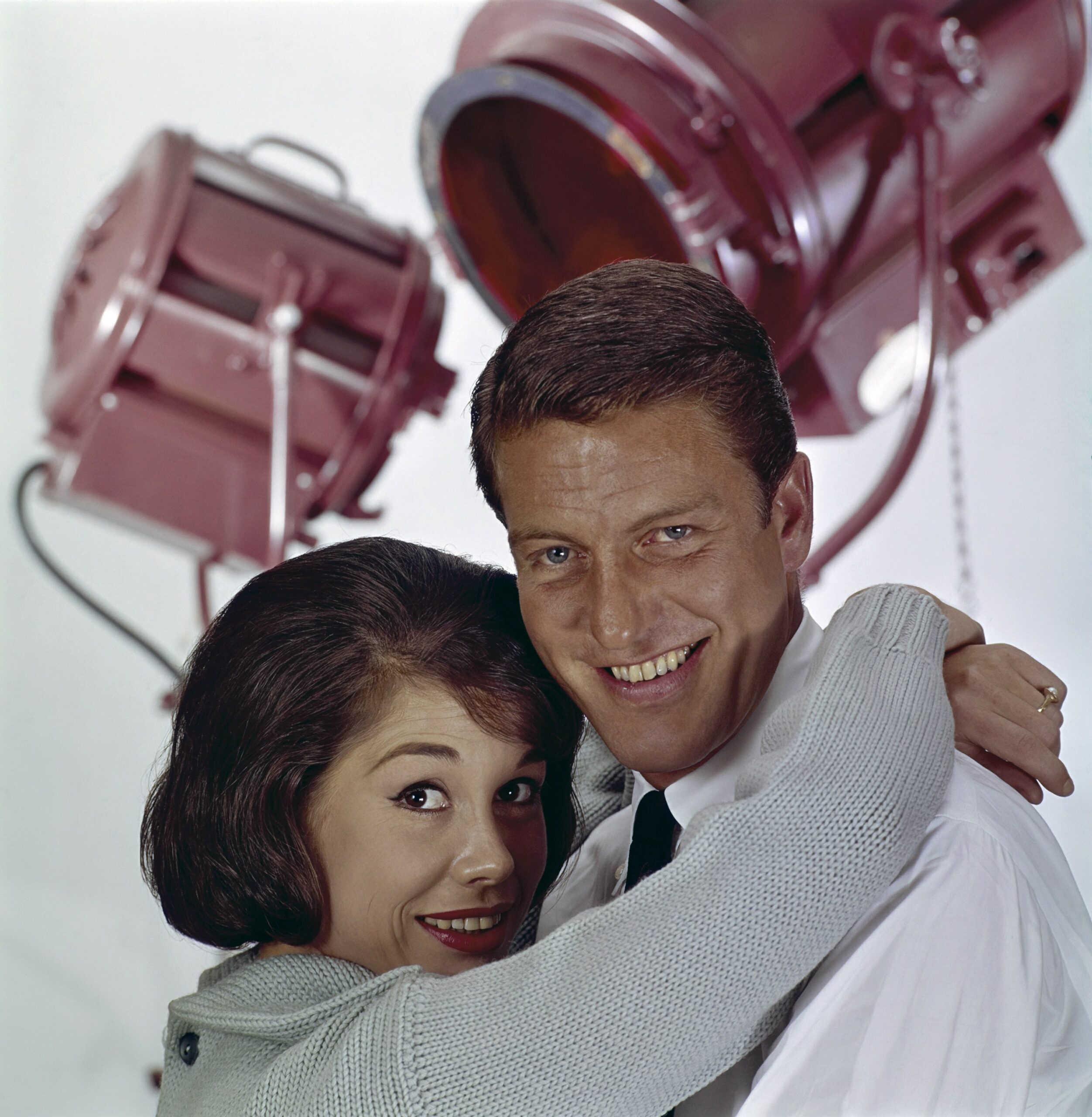


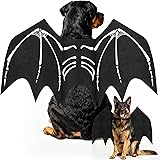


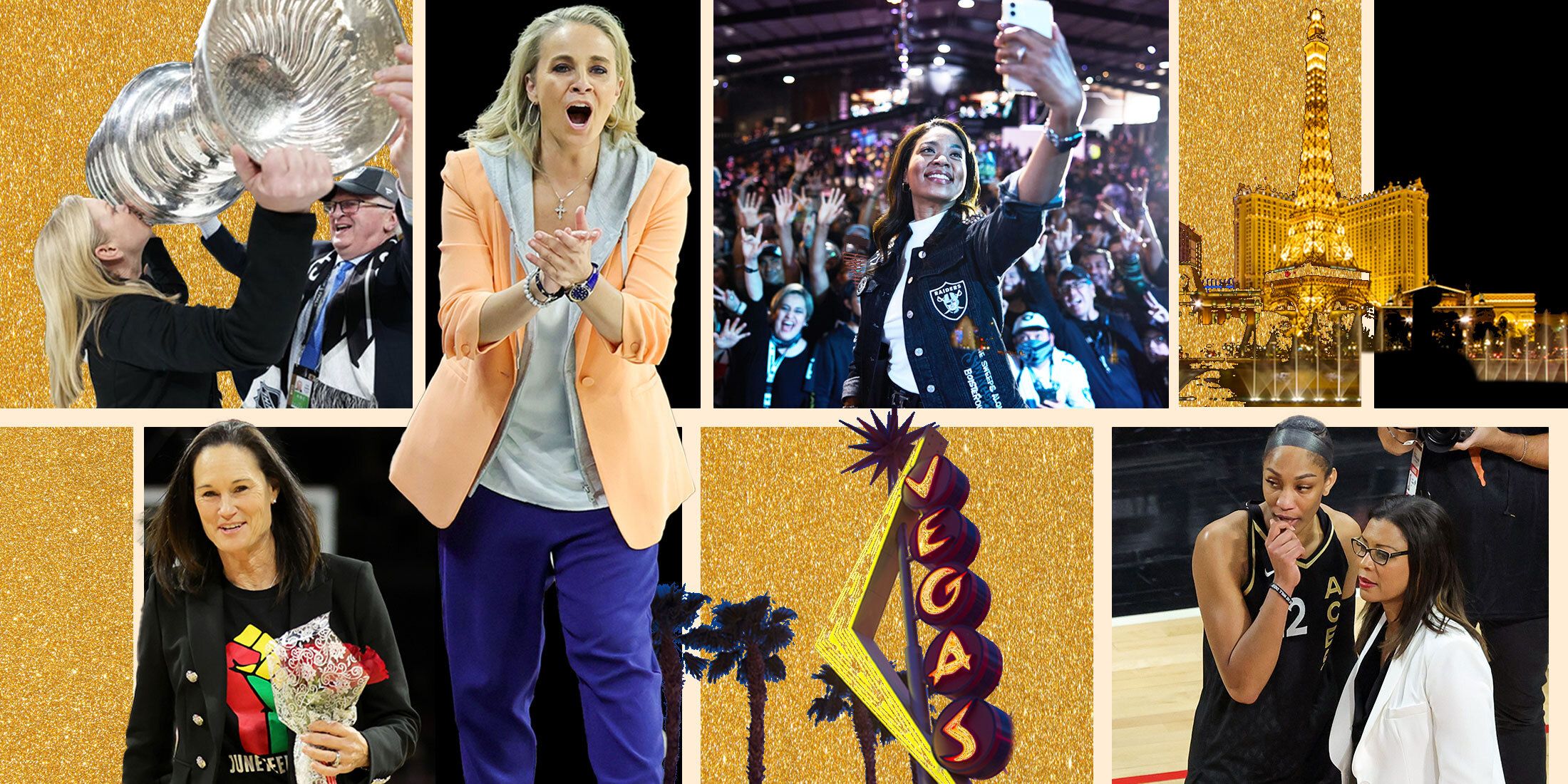
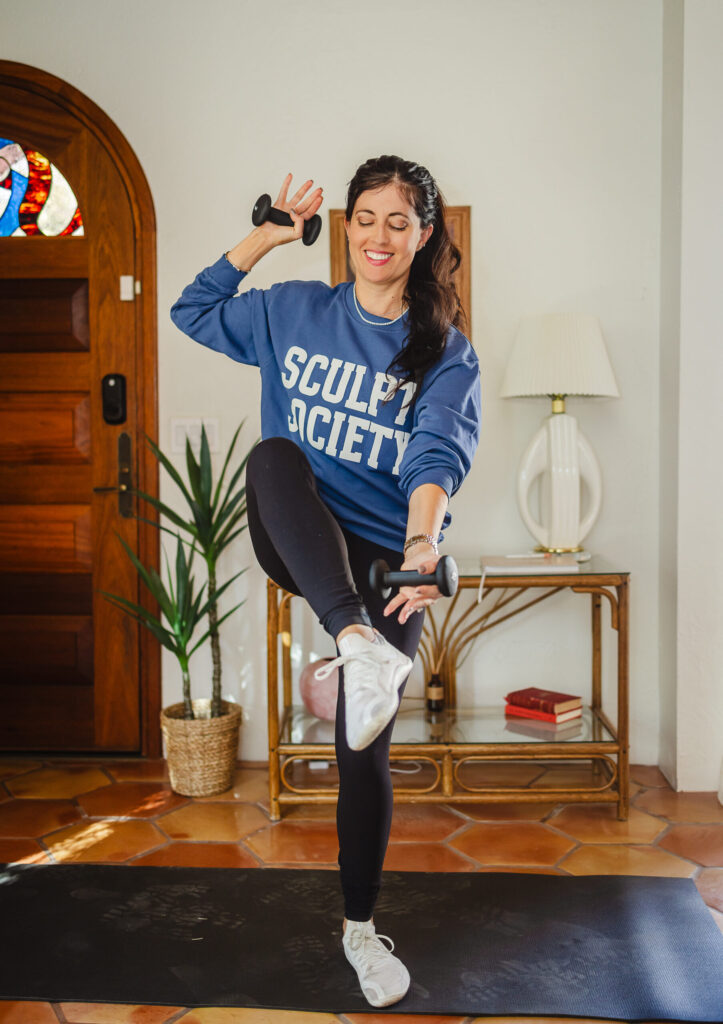



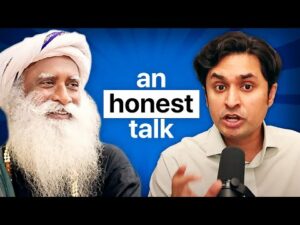
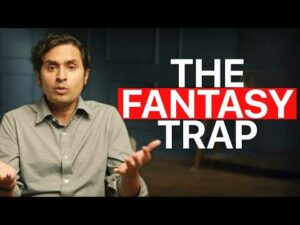


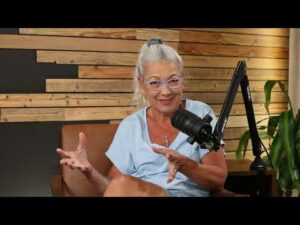

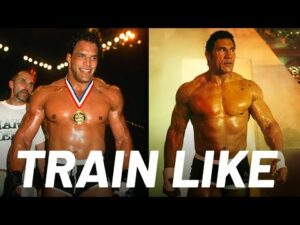


Post Comment